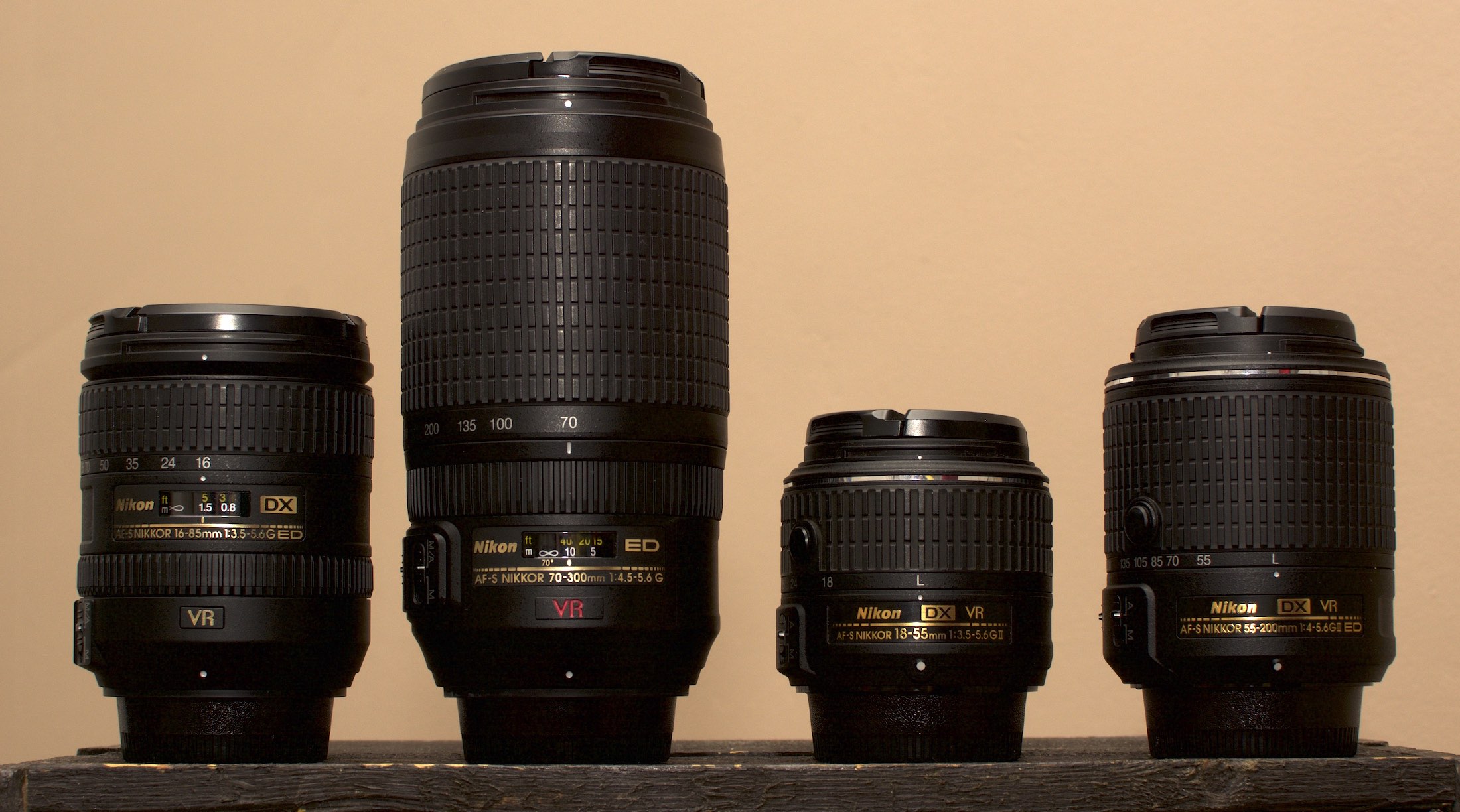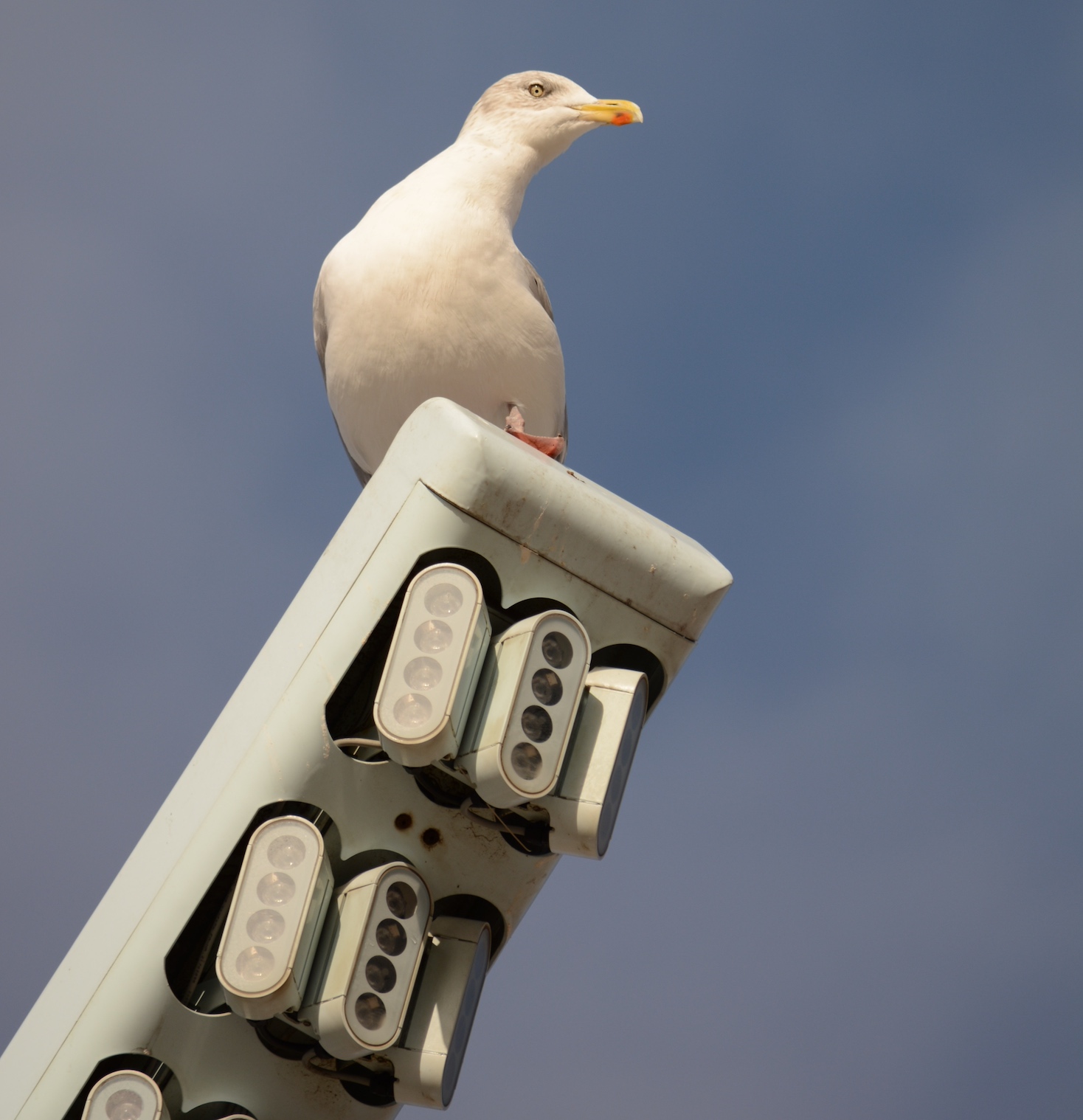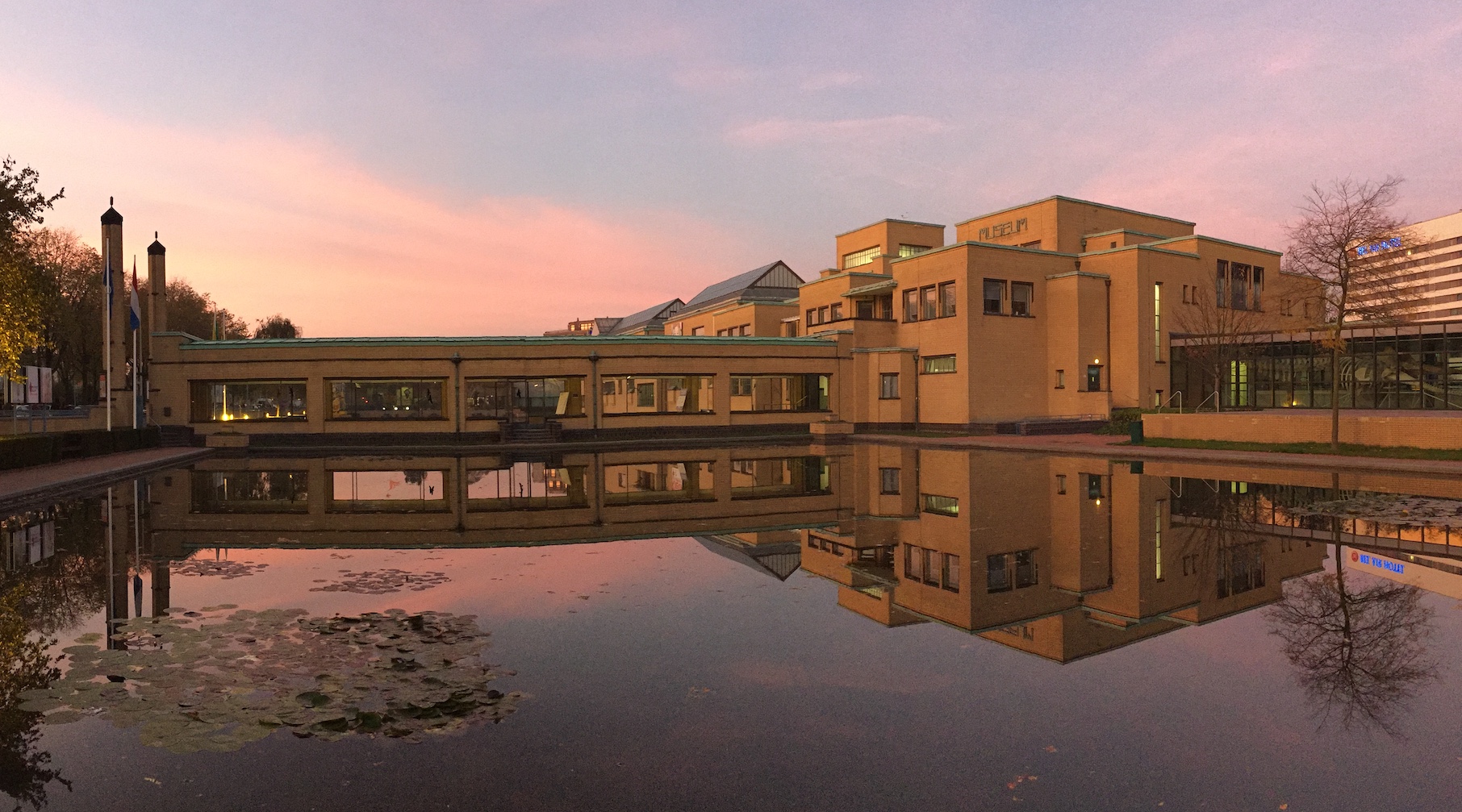How well does vibration reduction on Nikon lenses work?
▼ I couldn't help myself and bought yet another lens a couple of weeks ago. It's the Nikon 55-200 mm VR II. It's a small and cheap tele lens for Nikon DX digital SLRs, and I'll be talking about it some more soon. What I want to do today is look at how good the vibration reduction works.
Modern camera systems use vibration reduction (VR), optical stabilization, vibration control or image stabilization to let you take sharp photos even if you can't hold the camera completely still. Each camera/lens company has its own name for it, but it's all the same thing. If the camera moves while the shutter is open, your photo will be blurry. Unless either an element in the lens or the sensor moves to compensate.
With Nikon SLRs, VR is built into the lens (if the lens supports VR). As a result, the image in the viewfinder is also stabilized when the system is active, which is quite noticeable with tele lenses. The rule of thumb is that you need a shutter speed of one divided by the focal length (or faster) to make sure you don't get any camera shake. That would be 1/200 on the 55-200 zoomed to 200 mm. Of course a lot also depends on your technique.
I tested the vibration reduction on the 55 - 200 mm lens at 200 mm by shooting ten test shots at shutter speeds starting at 1/500, turning off autofocus before each set so the focus would be the same for all ten shots. Without VR, 1/500 and 1/250 resulted in 10/10 perfect shots as far as camera shake is concerned. Without VR, at 1/125 about half the shots were perfect and half pretty good, but not quite perfect. At 1/60, 60% were pretty good and 40% worse, but still somewhat usable. At 1/30 and 1/15 I got one or two shots out of ten that were still usable, all the others were useless.
So bottom line for no VR at 200 mm: use 1/250 or faster to make sure camera shake is not an issue, 1/125 is still workable and 1/60 will do in a pinch.
With VR enabled, the results were pretty much identical for 1/500, 1/250 and 1/125. The 1/500 and 1/250 shots were all perfect, at 1/125 it was about 50/50. At 1/60, 1/30 and 1/30, the best shots weren't quite perfect, but pretty close. Interestingly, at 1/60 I got 80% very good shots, at 1/30 60% (with the remaining ones merely "good") and at 1/15 all ten shots were very good. At 1/15 nine were merely "good" and one still usable. At 1/4 there were no good shots, but they were all still usable in a pinch. At 1/2 I again got 40% good shots, 40% usable and 20% unusable. At one second, only one was usable and the other nine were unusable.
Bottom line for VR on the 55 - 200 lens at 200 mm: for perfect sharpness you don't want to depend on VR, so stick to 1/250 or faster. VR doesn't seem to help at 1/125, but it produces very good results at 1/60 to 1/15 and you can still get usable shots at shutter speeds as long as 1/2.
So the four stop improvement claim holds up. But the limitations are that VR doesn't give you perfect results and it also doesn't seem to be helpful at 1/125.
These are some of the test shots at 1:1 zoom. This is 1/250, which is nice and sharp but also too dark because it's underexposed and grainy because the sensitivity was very high at ISO 3200.
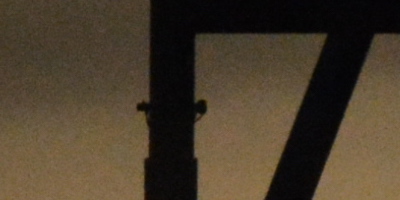
This is a representative sample of the 1/60 set: not super sharp.
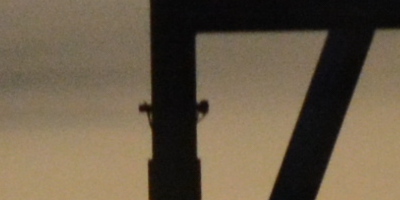
And then strangely the 1/15 ones are better:
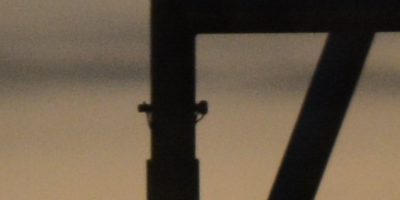
This is a good sample at 1/2. Note that the background is much smoother because the sensitivity is now at ISO 200.

But not all the 1/2 shots are good. This is an example of a bad one:

Permalink - posted 2015-11-23

